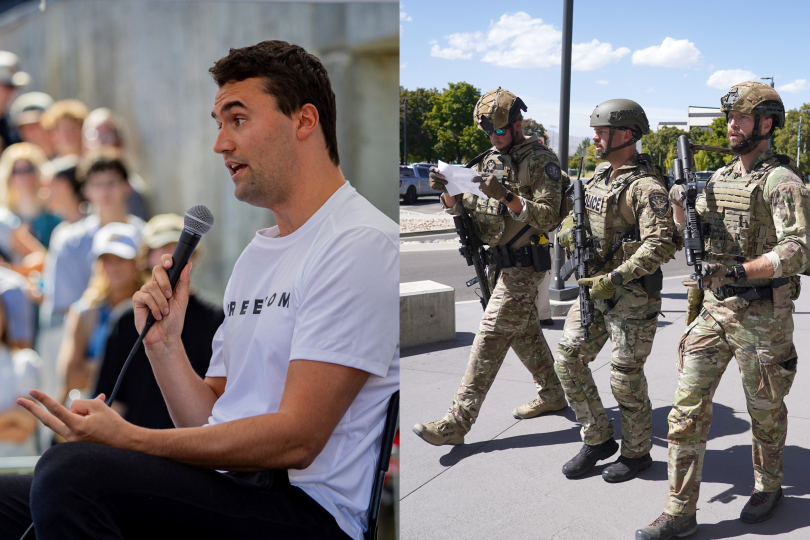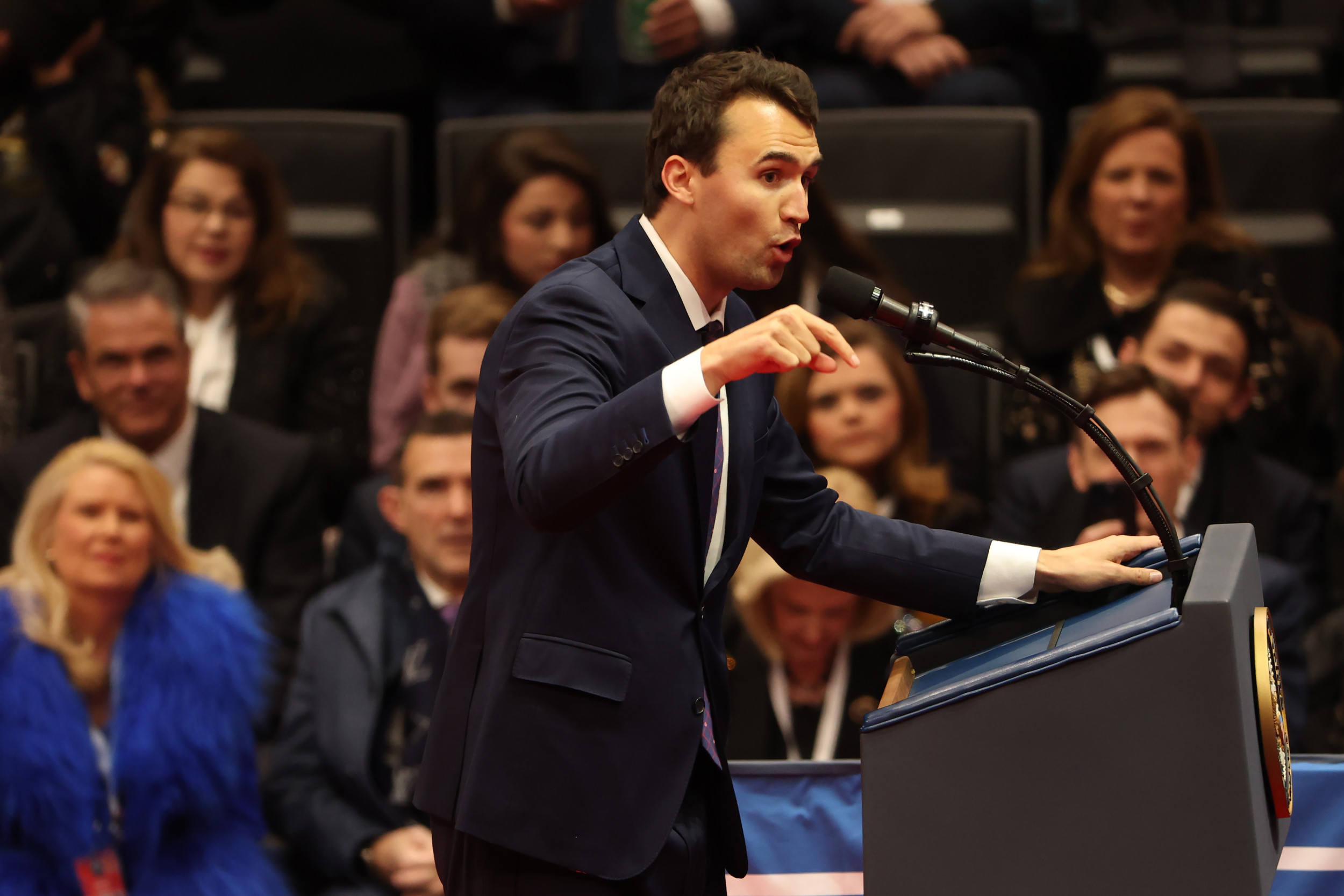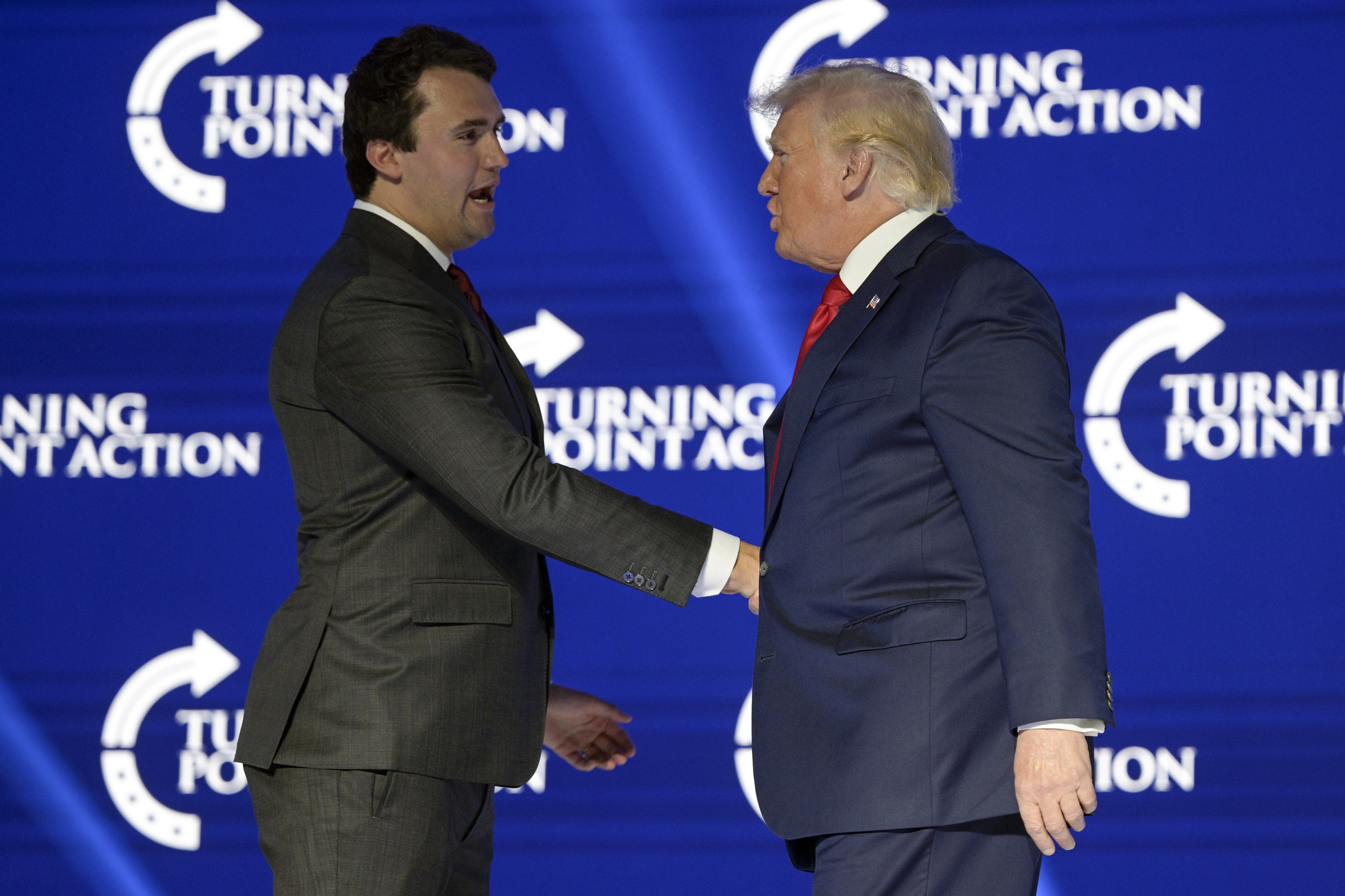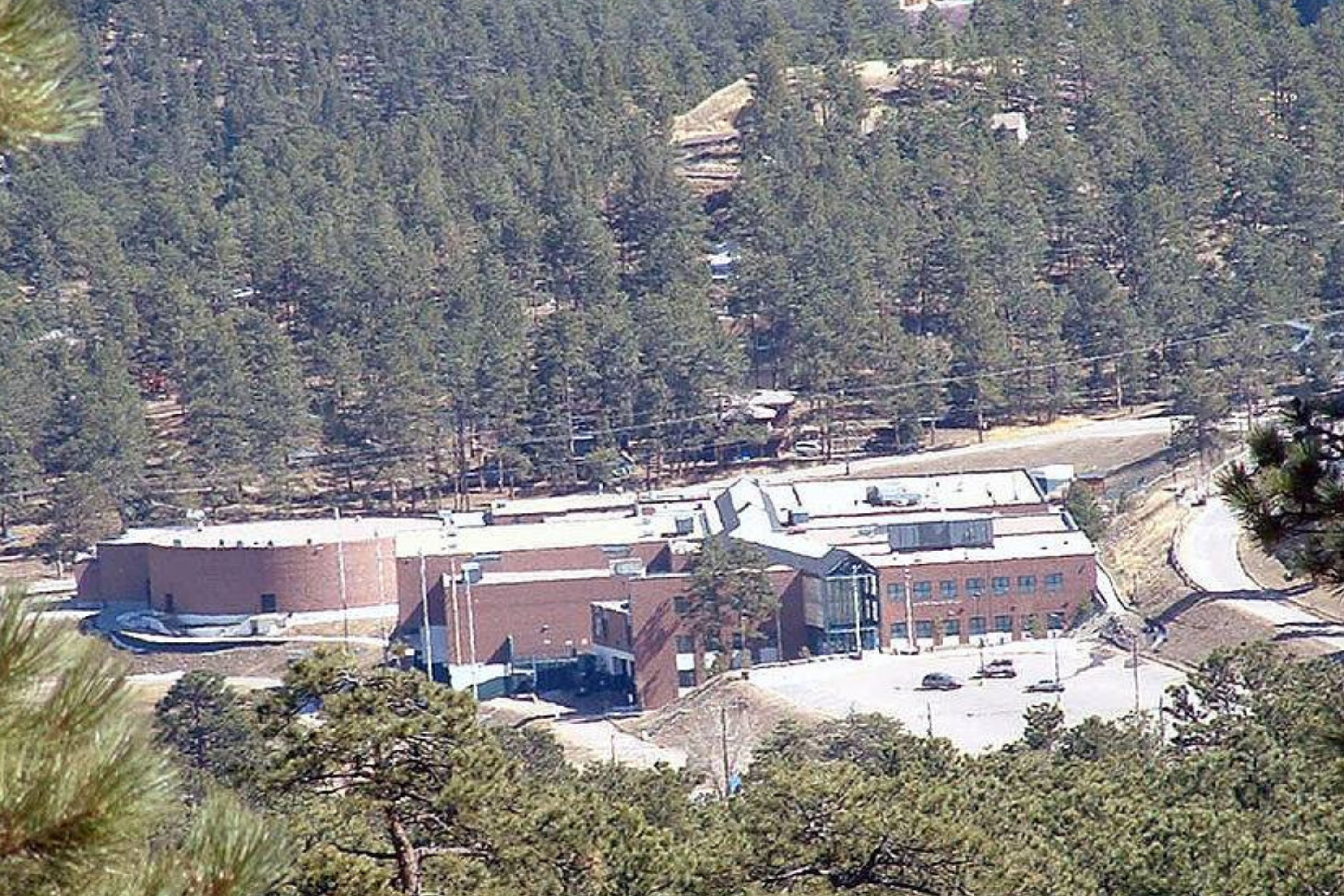🎙️ Voice is AI-generated. Inconsistencies may occur.
China and Japan—a treaty ally of the United States—engaged in finger-pointing after their military aircraft had close encounters while conducting operations over the Pacific Ocean.
Beijing accused Tokyo of "intruding" into the training area of its naval fleet, while Japan asserted that Chinese fighter jets deliberately flew in close proximity to its patrol aircraft.
Newsweek has contacted the Chinese and Japanese foreign ministries for comment via email.
Why It Matters
Japan has been monitoring the Chinese navy—the largest in the world by hull count—in the western Pacific Ocean as the Northeast Asian country forms part of the first island chain, a defensive line of islands intended to contain China's navy under a U.S. maritime strategy.
China has deployed both of its aircraft carriers—CNS Liaoning and CNS Shandong—to the east of the first island chain since June 7. Japan's military reported that its patrol aircraft was intercepted by fighter jets launched from the Shandong while conducting surveillance.
What To Know
Regarding the aerial intercept incidents reported by Japan the previous day, Lin Jian, a spokesperson for the Chinese Foreign Ministry, said at a news conference on Thursday that the two countries' defense departments "are in communication through existing channels."

However, the Chinese official blamed Japan's "close-in reconnaissance" of China's routine military activities for creating what he described as "maritime and air security risks" and urged the Japanese military to stop such dangerous actions by its vessels and aircraft.
Meanwhile, an unnamed spokesperson for the Chinese Embassy in Japan reiterated a statement from the Chinese navy, saying the dual aircraft carrier deployment in the western Pacific Ocean was part of routine training and did not "target any specific country or objective."
The Chinese spokesperson accused the Japanese patrol aircraft of "seriously disrupting" the training by approaching the aircraft carrier. The official said, "China conducted professional and standardized on-site handling in accordance with laws and regulations."
In Japan, General Yoshihide Yoshida, the chief of the Joint Staff, told media that the approach by Chinese fighter jets toward the Japanese patrol aircraft was not accidental, saying the two incidents lasted for 40 and 80 minutes, respectively, and occurred on two consecutive days.
Tokyo expressed serious concern to Beijing and requested measures to prevent a recurrence, said Chief Cabinet Secretary Yoshimasa Hayashi, the Japanese government's spokesperson, at a news conference. He added that Japan would defend its territory, airspace and waters.

What People Are Saying
Lin Jian, a spokesperson for the Chinese Foreign Ministry, said on Thursday: "China's activities in relevant waters and airspace are consistent with international law and international practices."
An unnamed spokesperson for the Chinese Embassy in Japan said on Thursday: "China urges Japan to stop dangerous actions that interfere with China's training activities and to avoid causing unexpected incidents."
General Yoshihide Yoshida, the chief of the Japan Joint Staff, said on Thursday: "If we relax our posture, we will encourage attempts to unilaterally change the status quo by (China's) force."
Yoshimasa Hayashi, Japan's chief cabinet secretary, said on Thursday: "The unusual approach of a Chinese military aircraft could provoke an accidental collision."
What Happens Next
Japan is likely to continue its surveillance of Chinese military activities near its territory as China's navy and air force expand their reach and presence across the wider Pacific Ocean.
fairness meter
About the writer
Ryan Chan is a Newsweek reporter based in Hong Kong, where he previously had over a decade of experience at ... Read more




